The exterior is built of chiseled brownstone from Connecticut. The spire was included in the 1890 design of Gothic Architecture but was not a reality until 103 years later.
The pews are carved Flemish oak and all three of the altars are made of white Vermont marble. The beauty of the interior of the cathedral takes your breath away at first sight!
The elaborate primary altar is shown in the first photo and the two side altars (including the baptismal font). Also shown is the Bishop's Chair.
Above the high altar is a five-light stained glass copy of Da Vinci's Last Supper. The rose window at the top is a scene of the baptism by Jesus of St. John the Baptist.
The stained glass windows along the walls of the nave are amazing; each depicting a Biblical verse. Here are a couple of them with the verse associated with the second window (crucification) included below.
The 31-rank French Romantic pipe organ (Bedient Opus22) was purchased from Episcopal Christ Church Cathedral in Louisville, KY. It was installed here in the 1990s when other repairs and improvements were made to the church.
Masses are held daily, on Saturday evenings, and Sundays. For additional information, click on this link, www.charlestoncathedral.com. Open on weekdays, it is well worth a quick stop to see this beautiful cathedral.
We drove down to Battery Park and found a parking space on South Battery Street. It is also known as White Point Garden.
It is located on the Ashley and Cooper Rivers (near historic Charleston) providing great views of Charleston Harbor. Fort Sumter can be seen from the sea wall.
It opened as a public park in 1837, but has played a role in various aspects of Charleston's history. Dozens of pirates were hanged from oak trees and gallows here in the 1700s. They were left dangling for days to deter others from a life of piracy.
Because of its strategic location to the Charleston Harbor, Battery Park was a defensive position for Charleston in the Revolutionary War, War of 1812 and the Civil War.
Various statues and monuments can be seen throughout the park. These two honor William Moultrie, a general during the Revolutionary War, who led his troops to defeat the British in Charleston. He pursued a career in politics and served as governor to South Carolina for two terms.
A large sculpture dedicated to the Confederate Defenders of Charleston is a prominent feature of the park. Also, a bust of William Sims Gilmore, memorializes the 18 century author, journalist and historian. Edgar Allen Poe declared him the best American novelist of his time, but he was staunch supporter of slavery.
There are two more monuments dedicated to those lost at sea. The first is dedicated to the 176 men lost during the 1952 collision of two ships in the Atlantic during a fleet training maneuver for the US Navy. The second honors all 52 World War II submarines that are "still on patrol." A total of 374 officers and 3,131 men were on board.
In the center of the park is a beautiful, large gazebo that is a popular site for weddings and other special events.
Our sweet Sadie had a blast looking for squirrels. The little water fountain at this fountain was the perfect height for her to get a drink (not sure if it's intended for kids or what...)
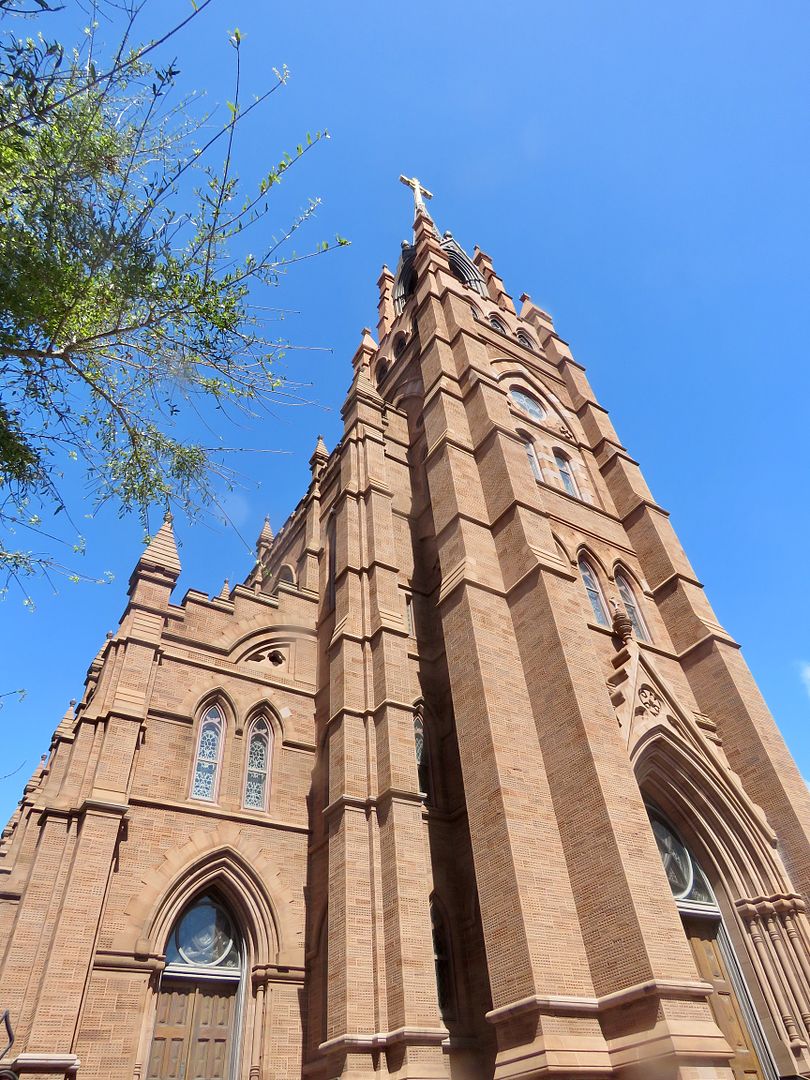
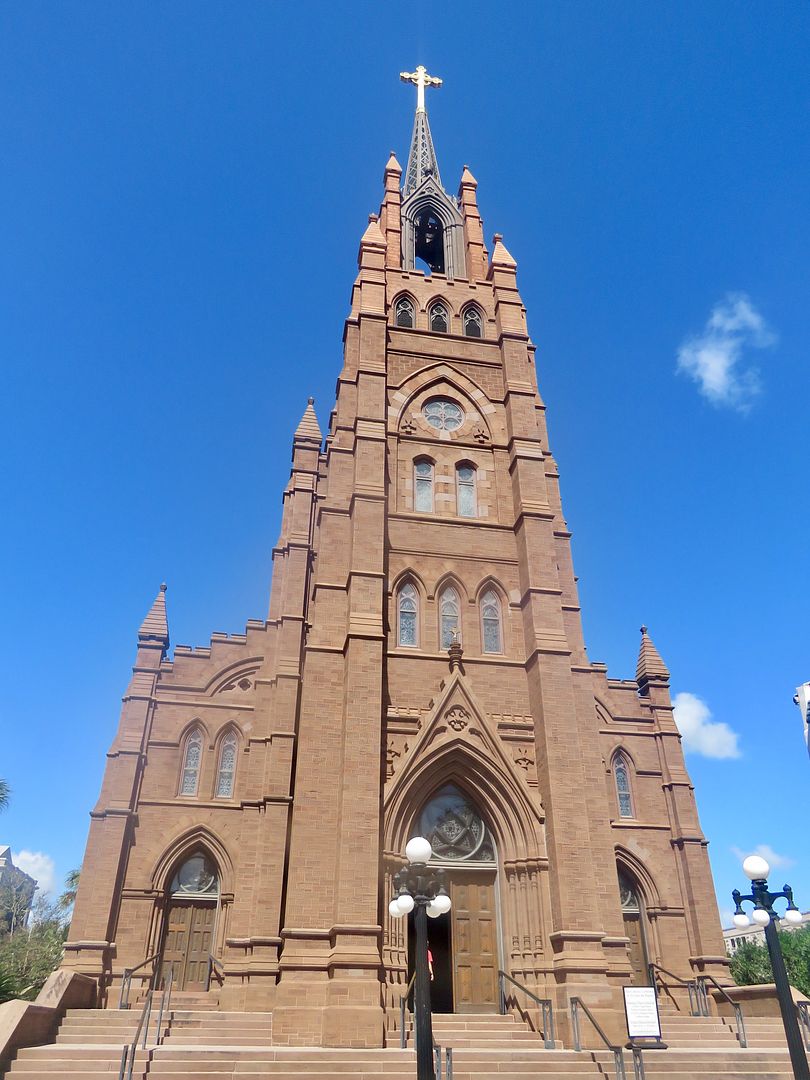
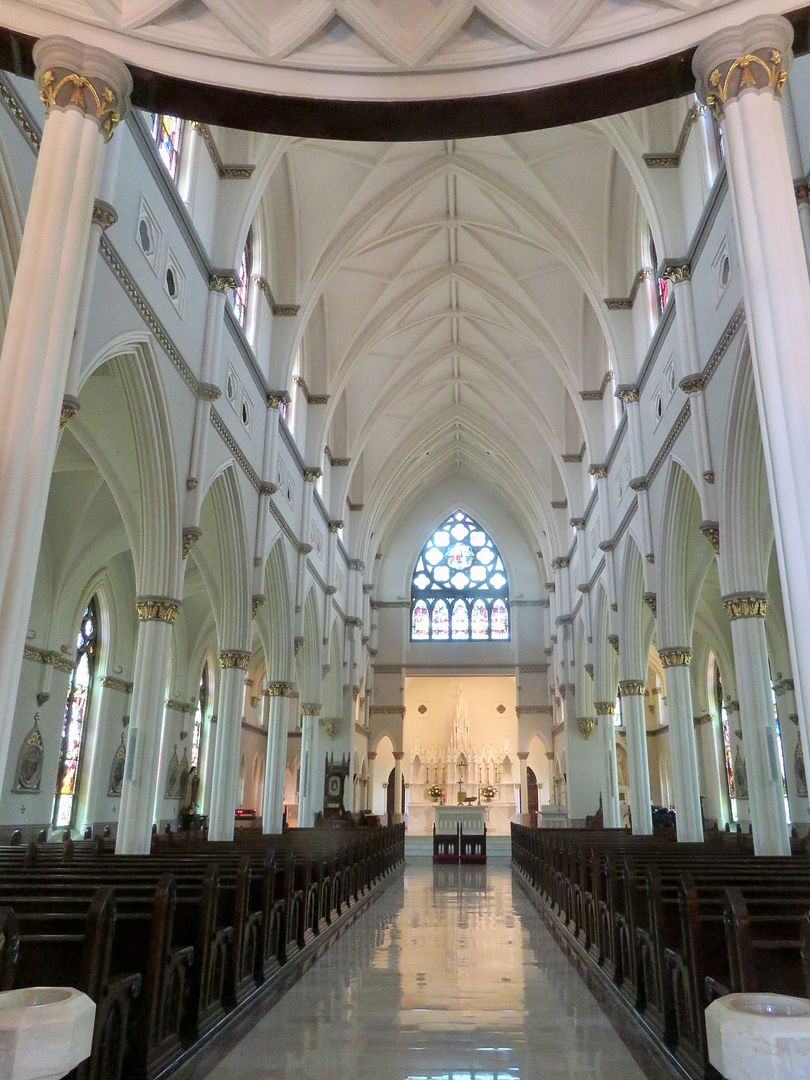
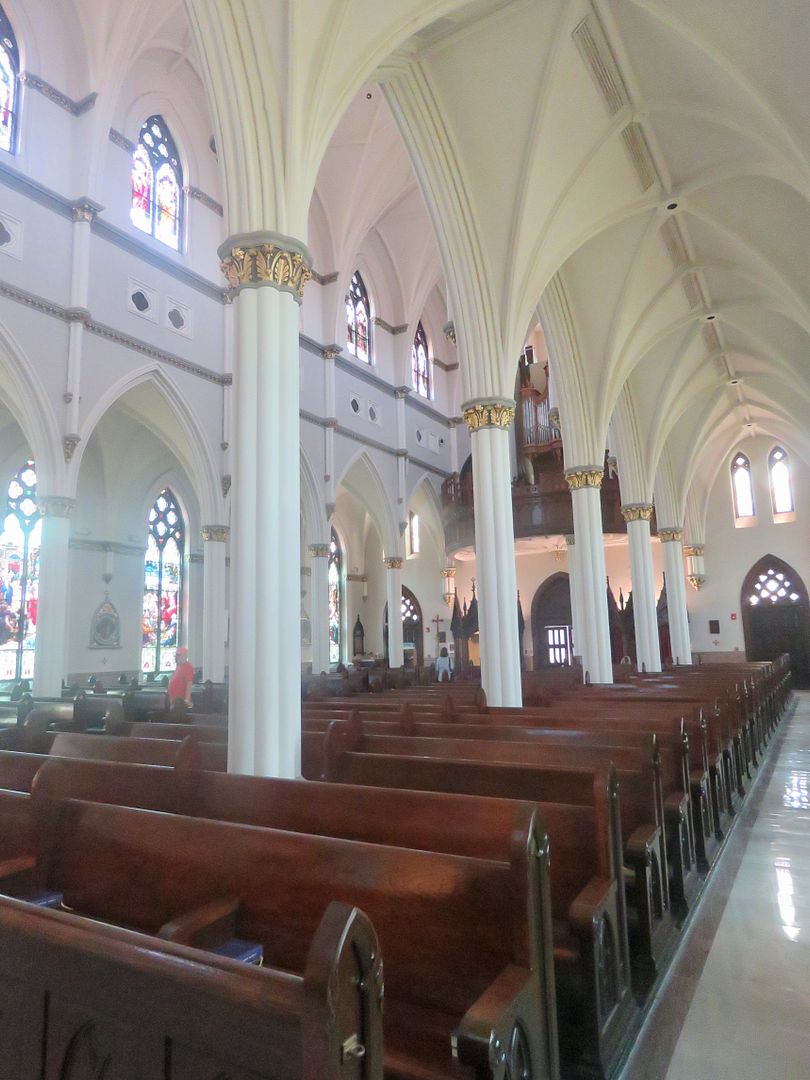
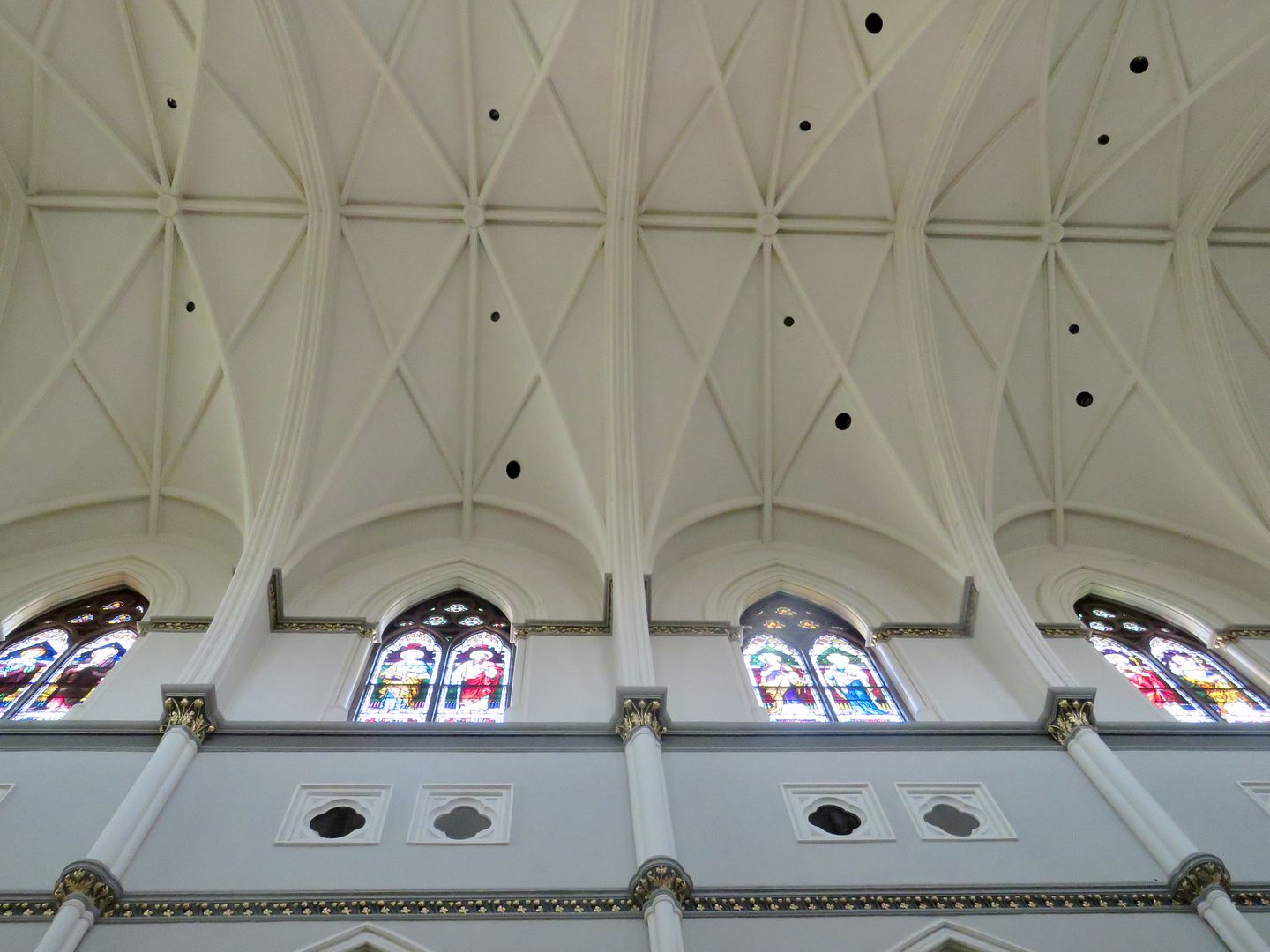
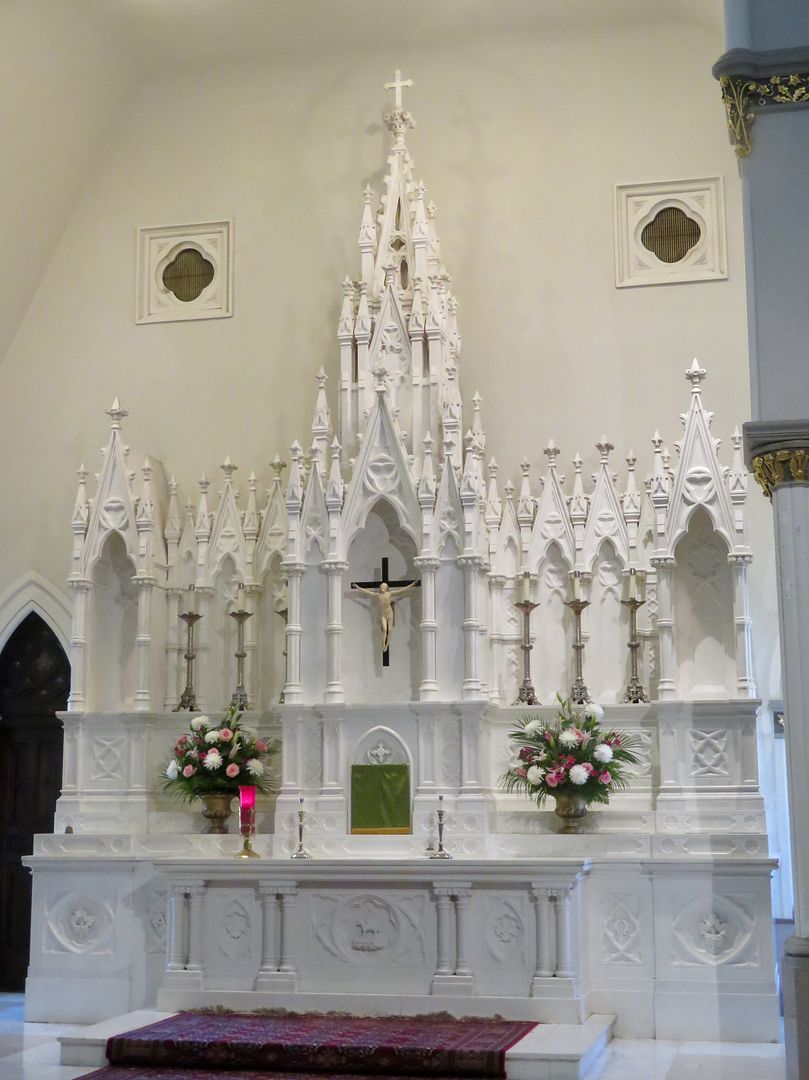
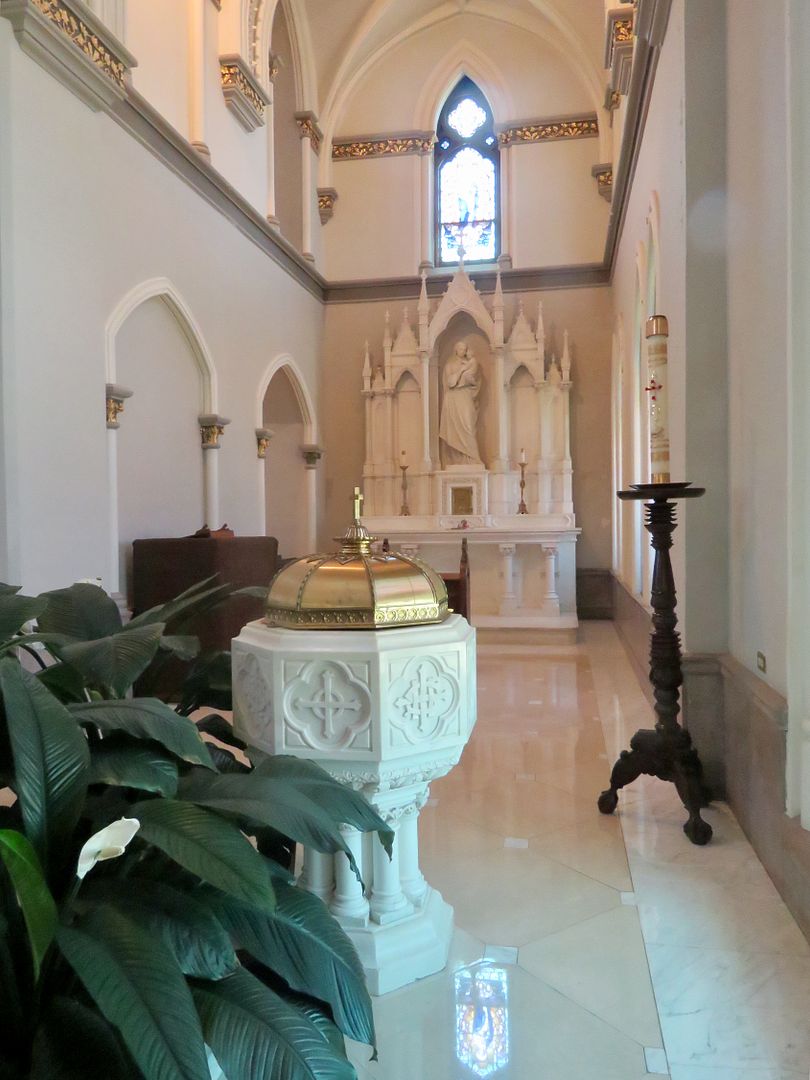
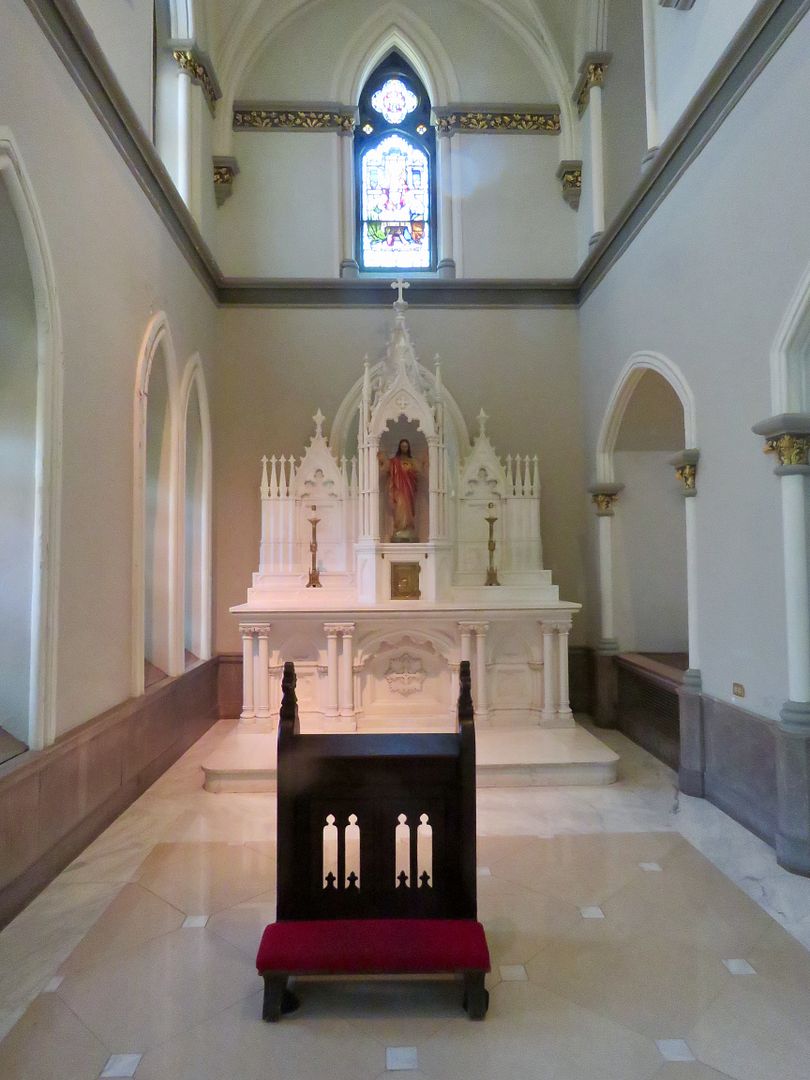
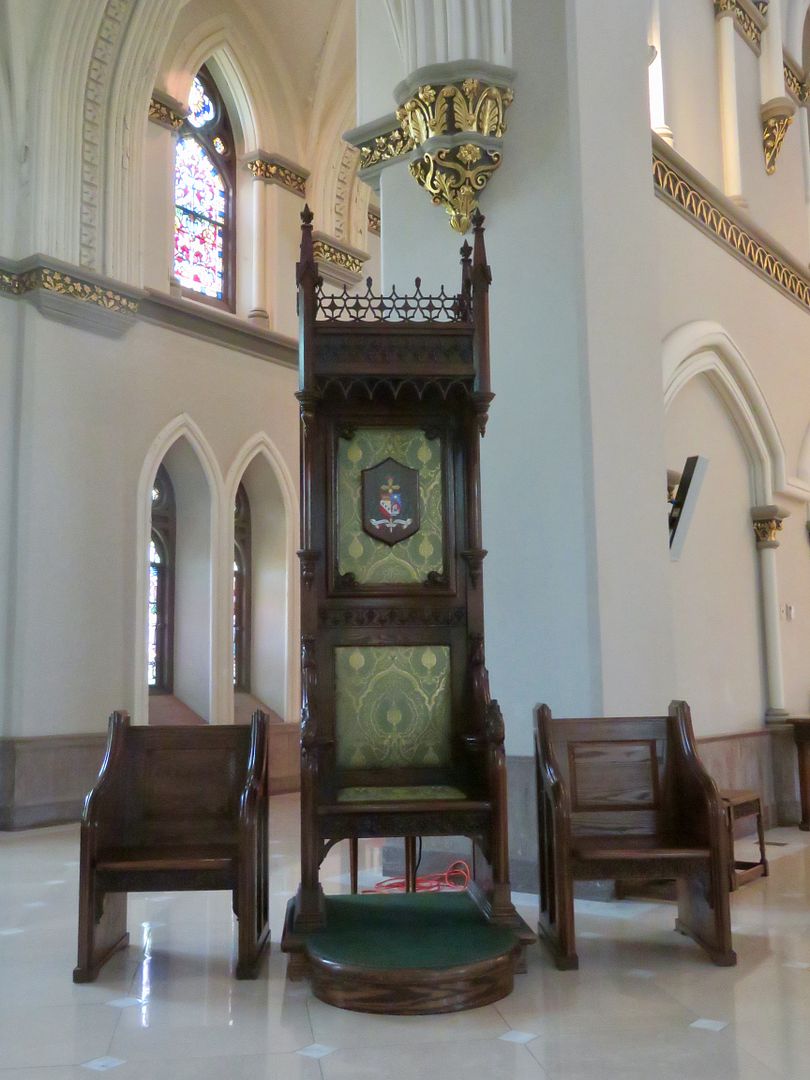
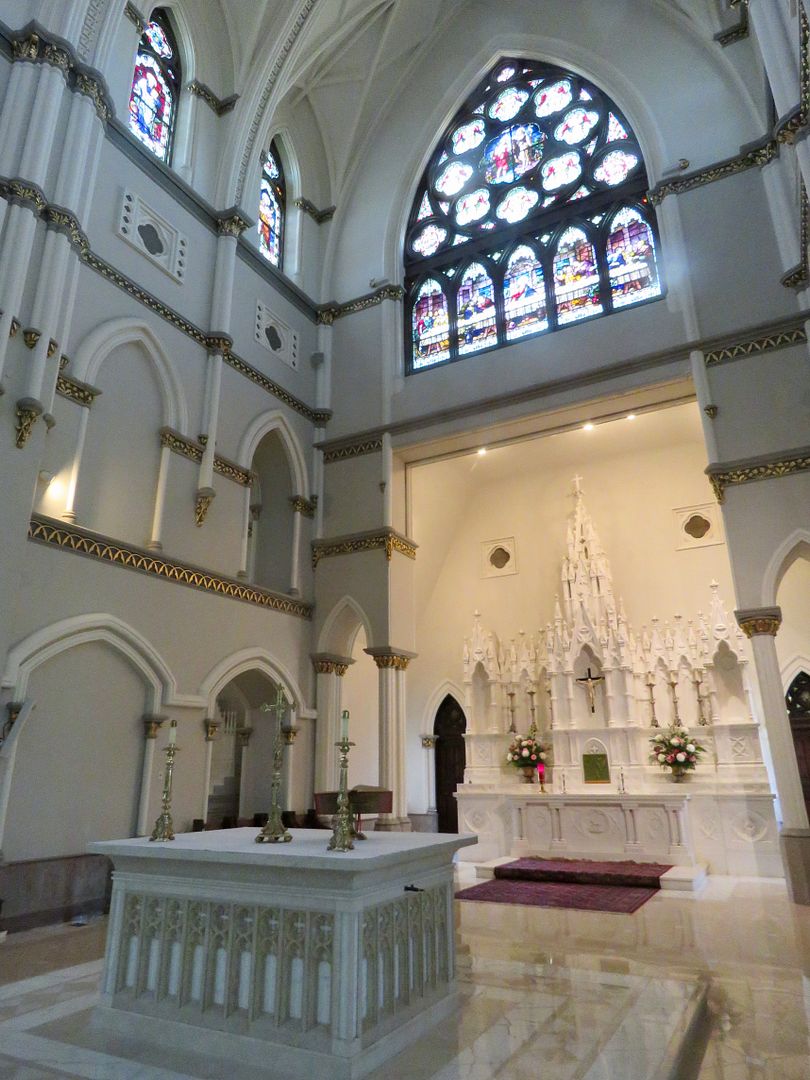
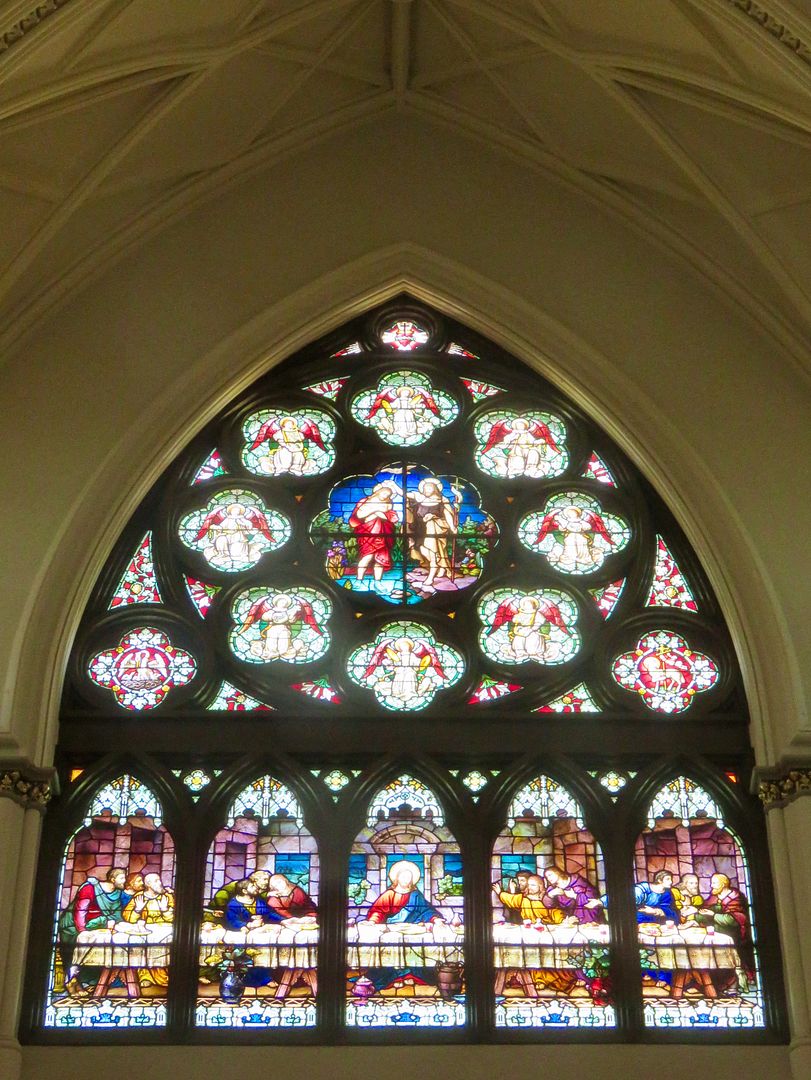
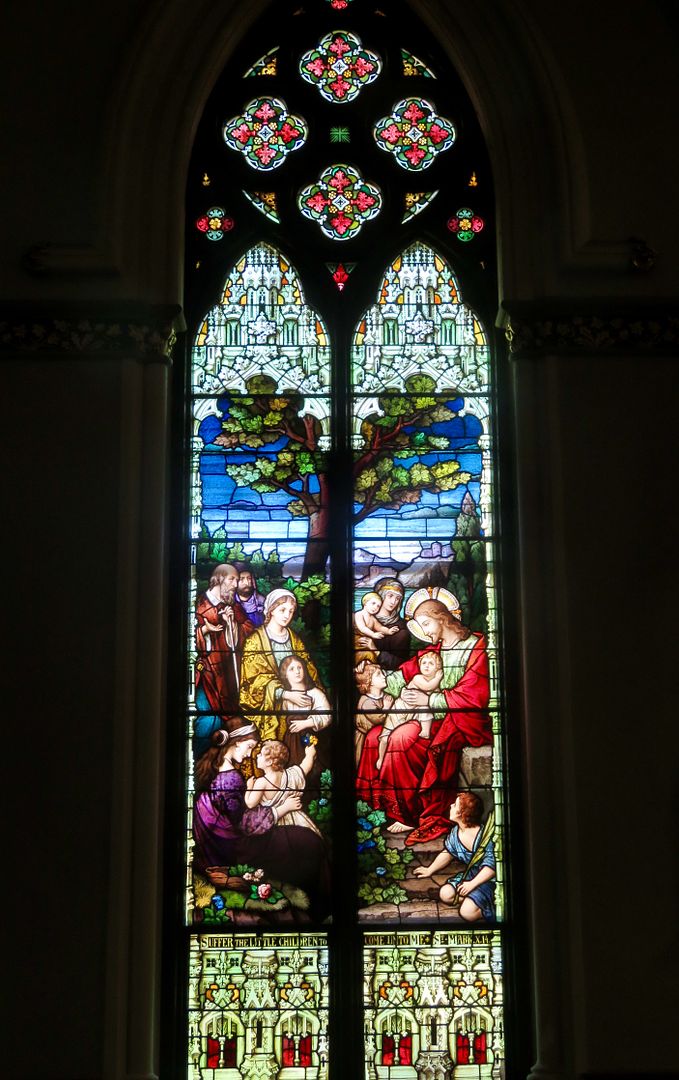
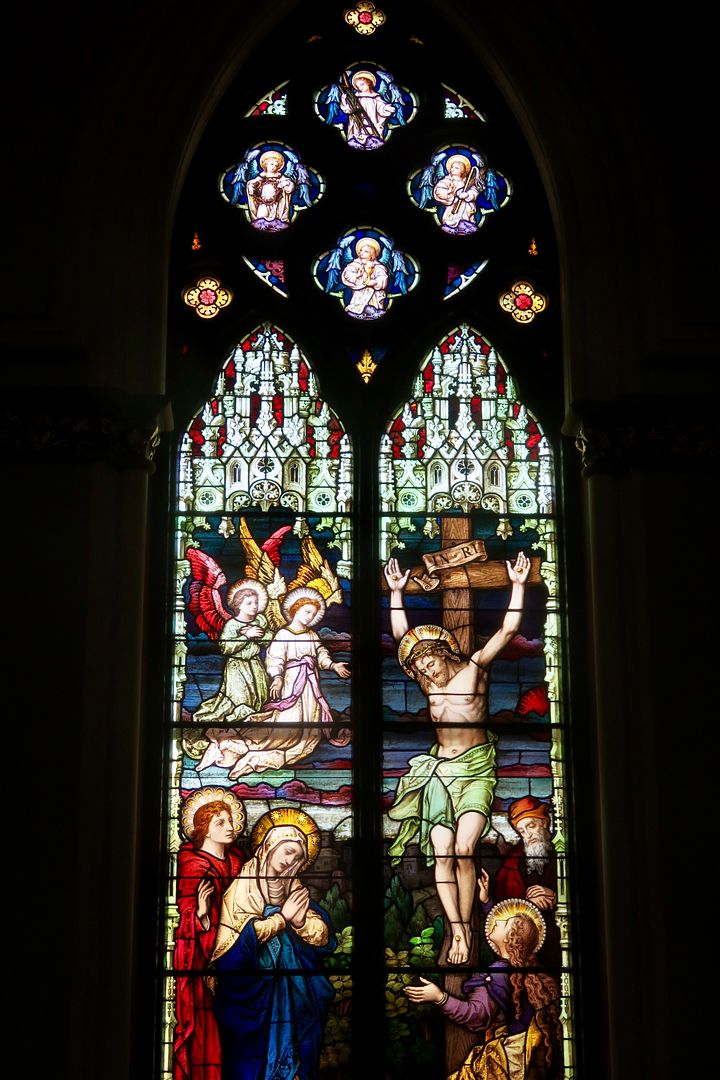

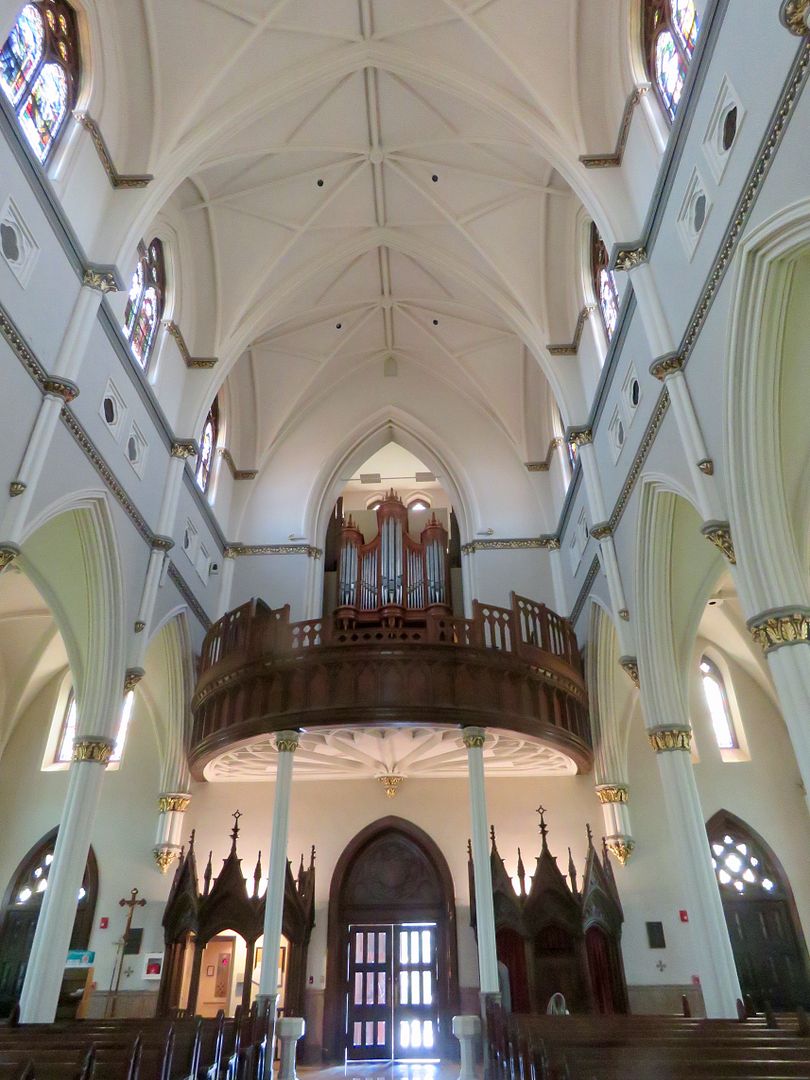
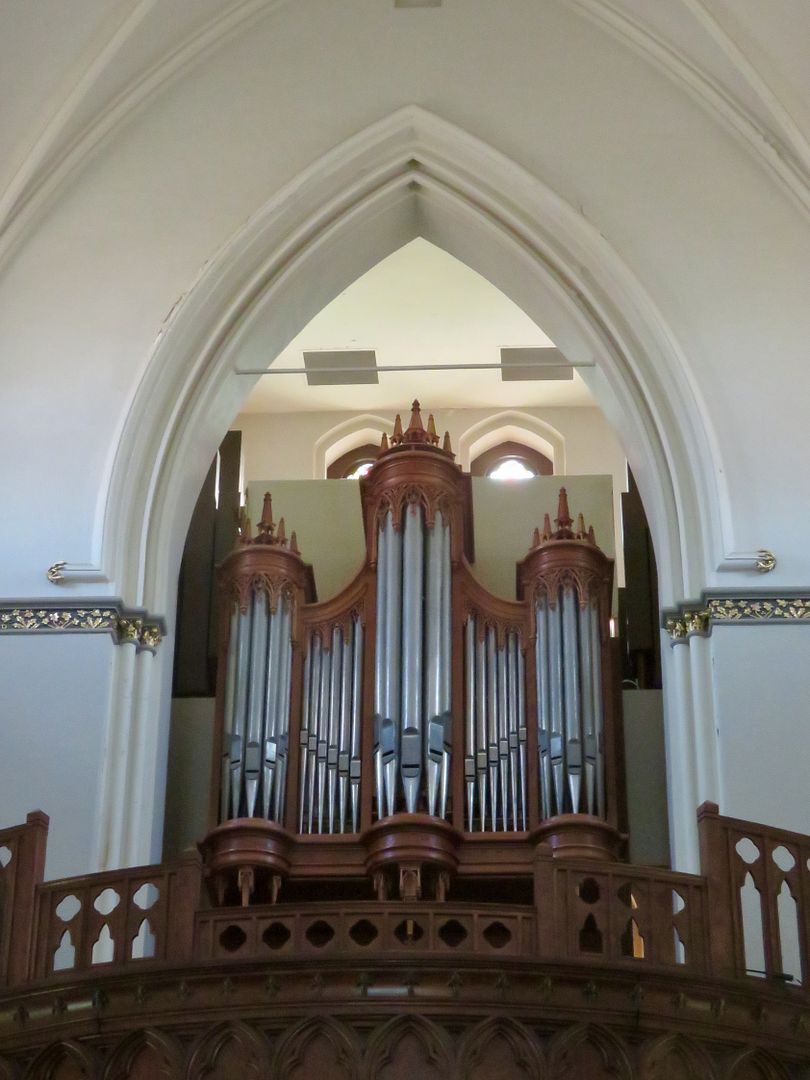
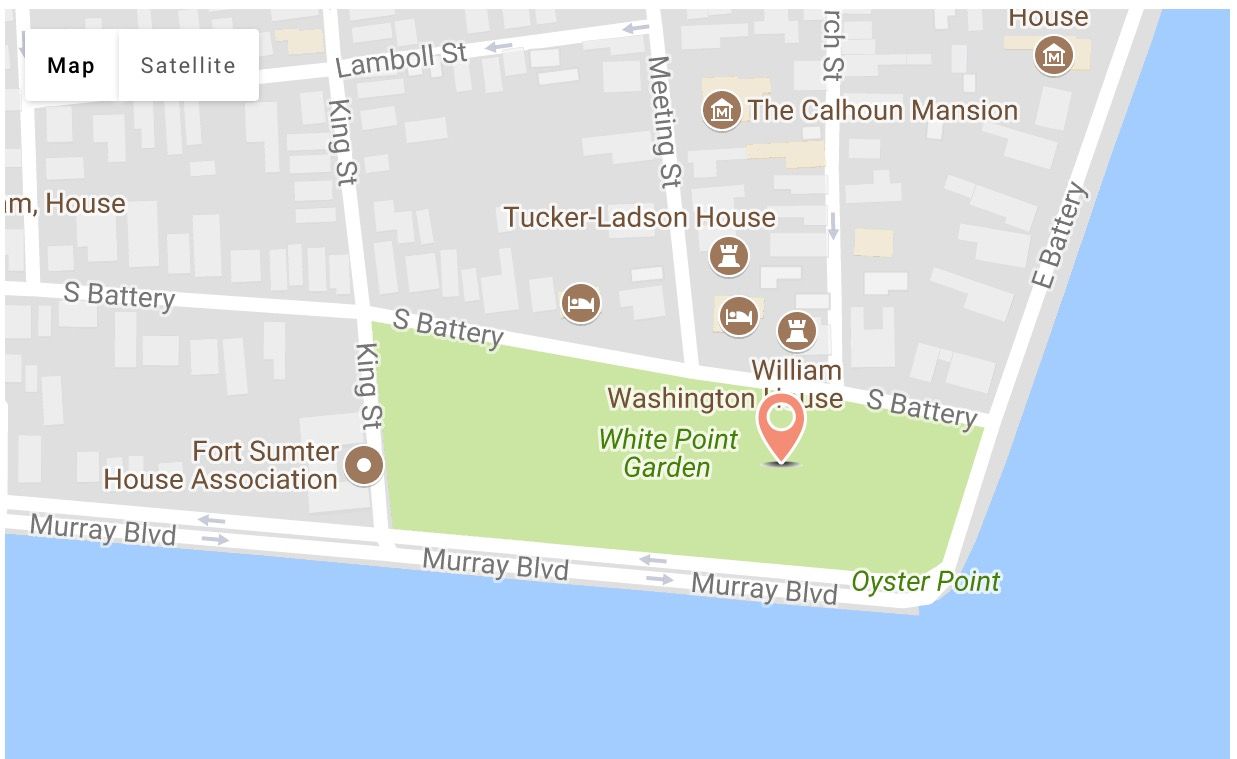
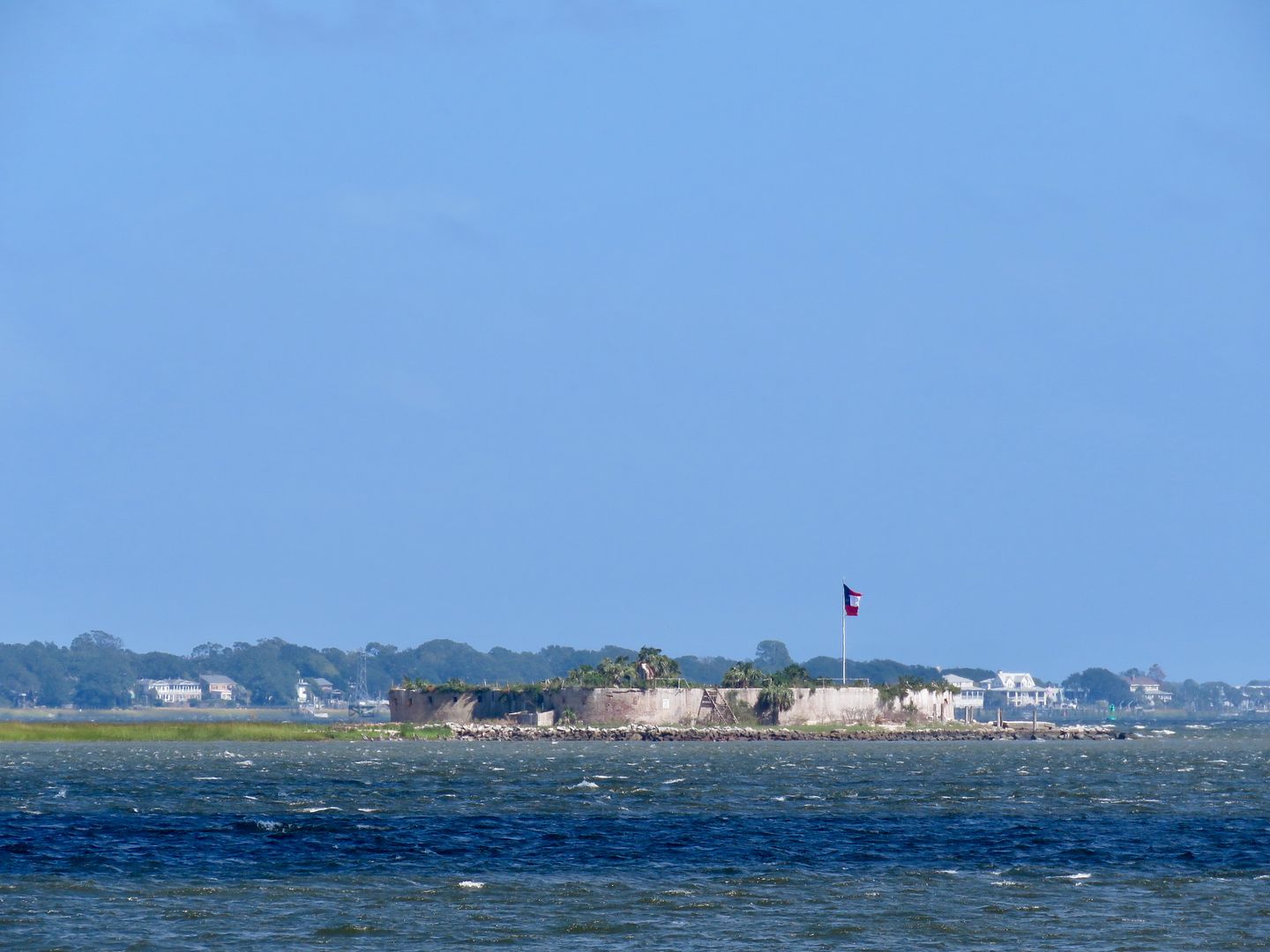
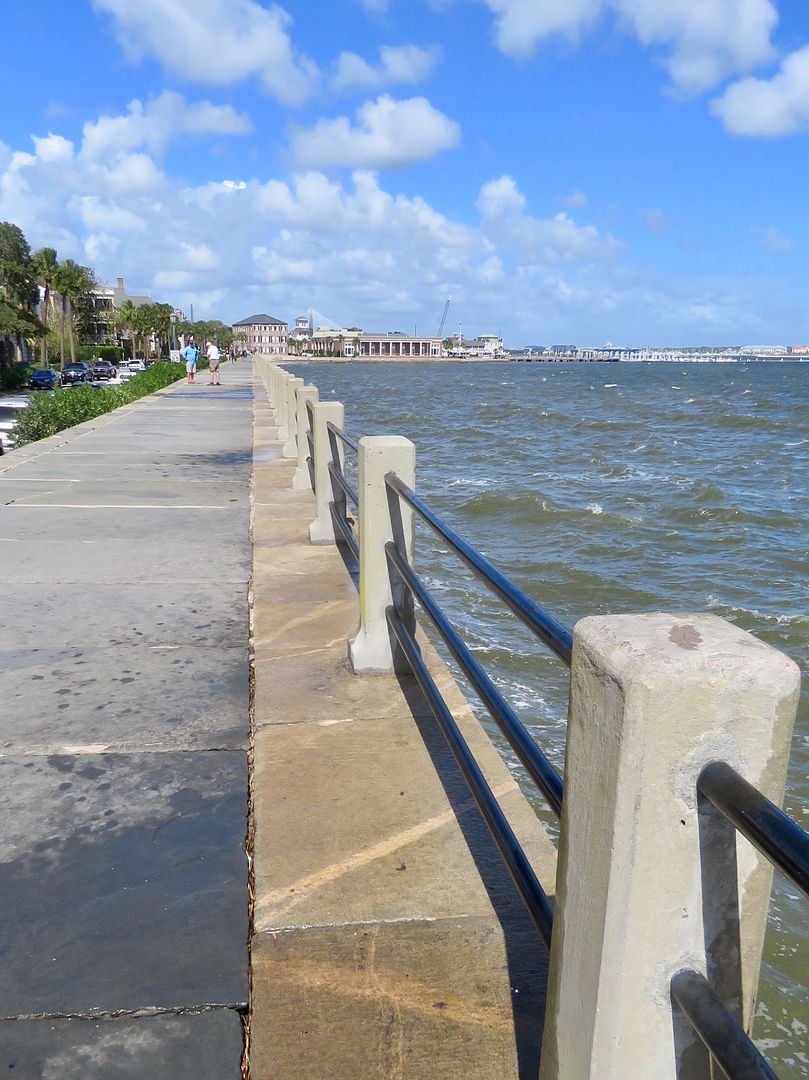

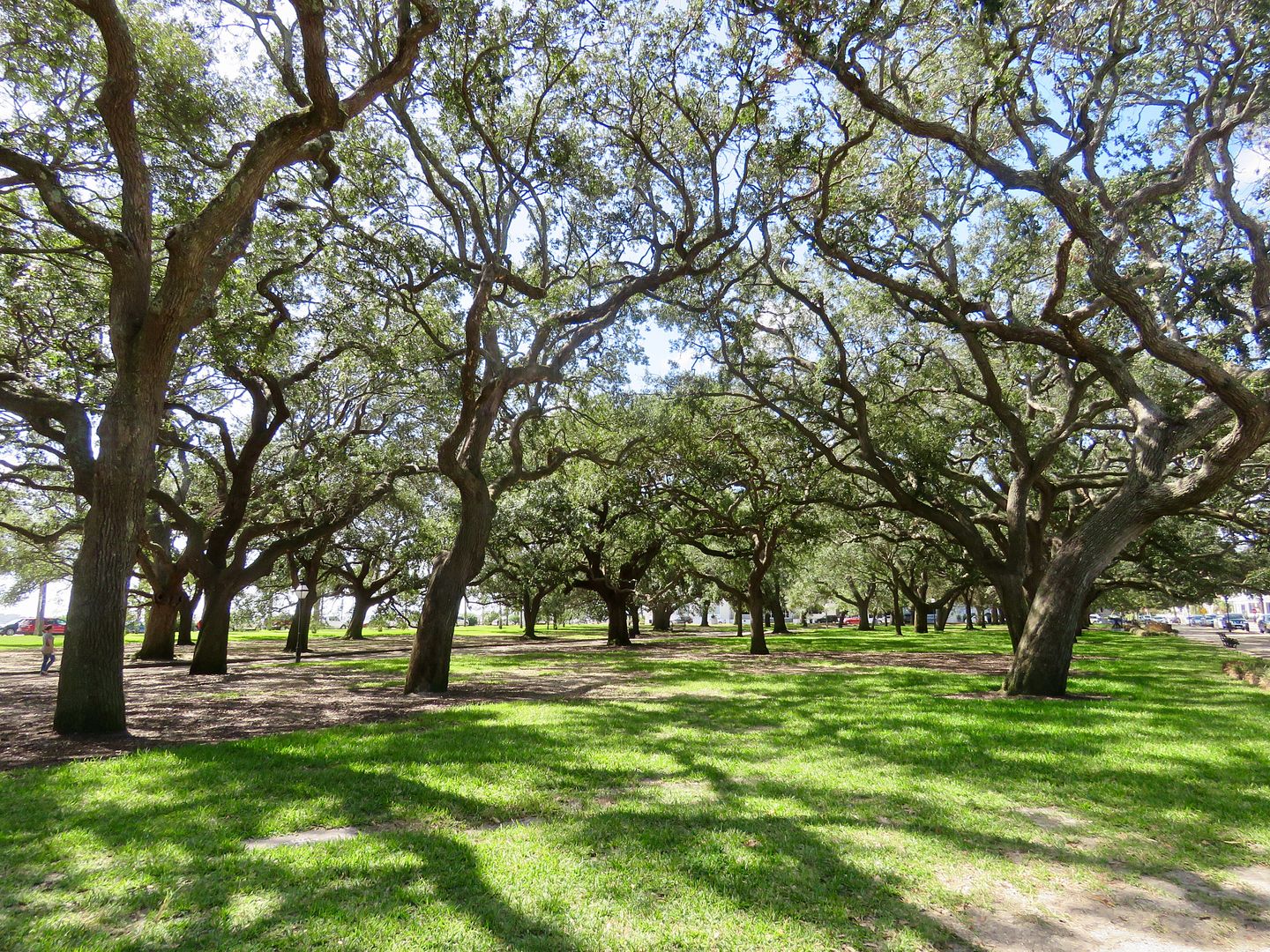
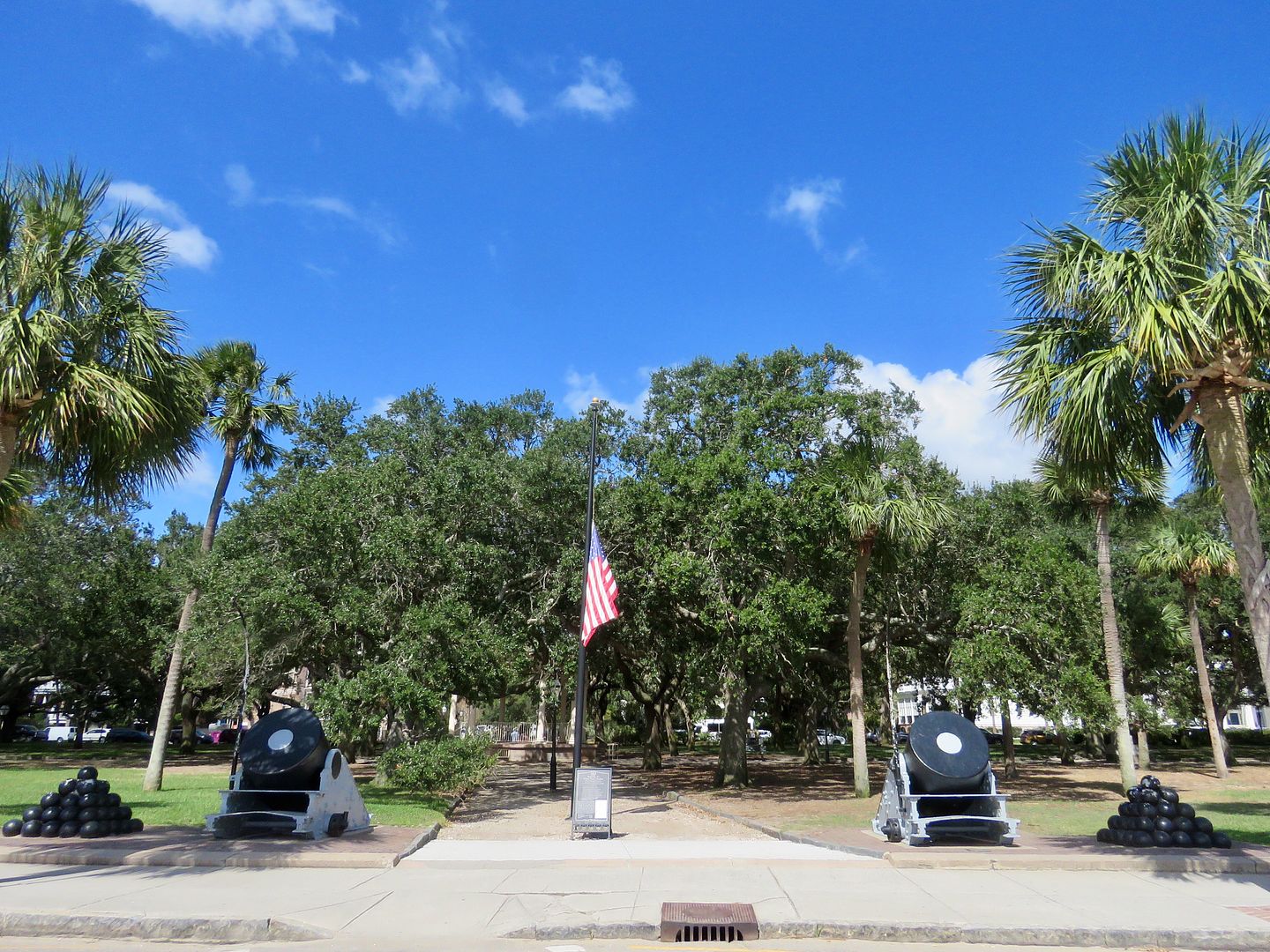



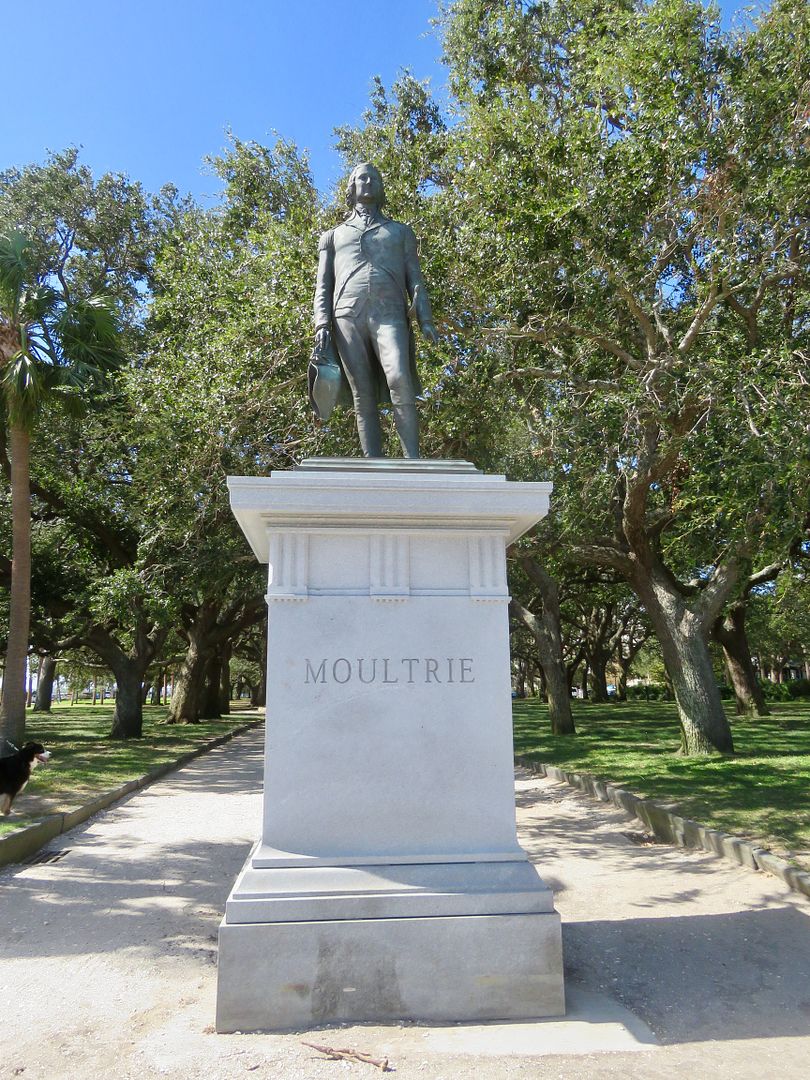
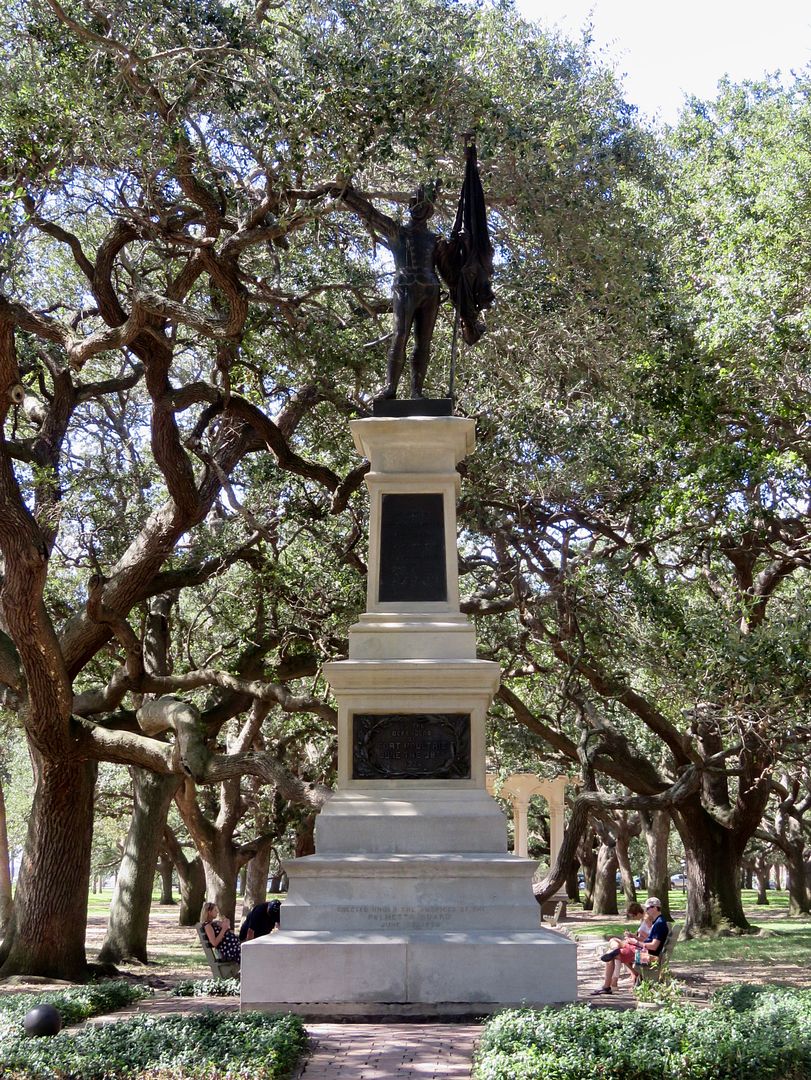
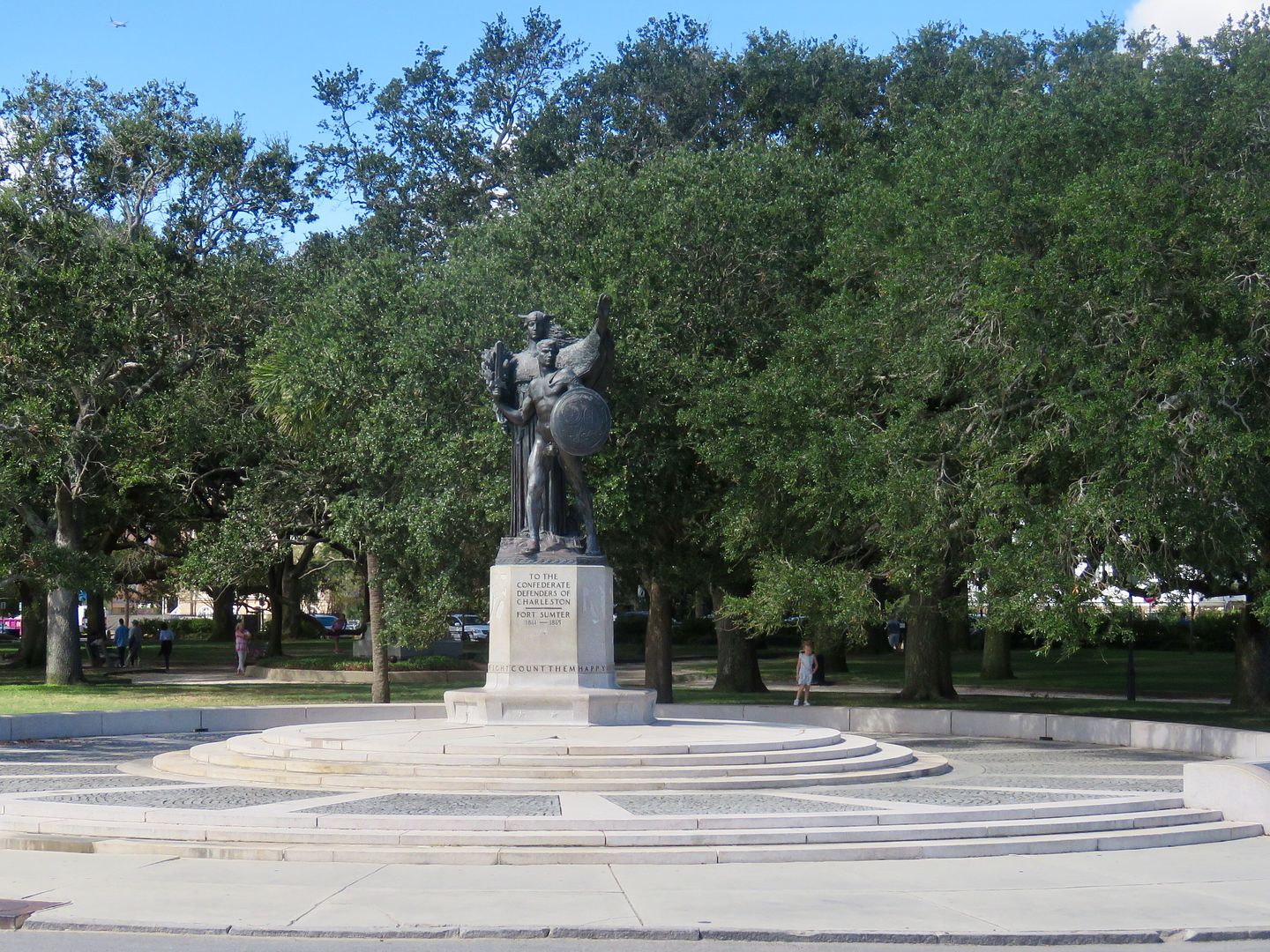
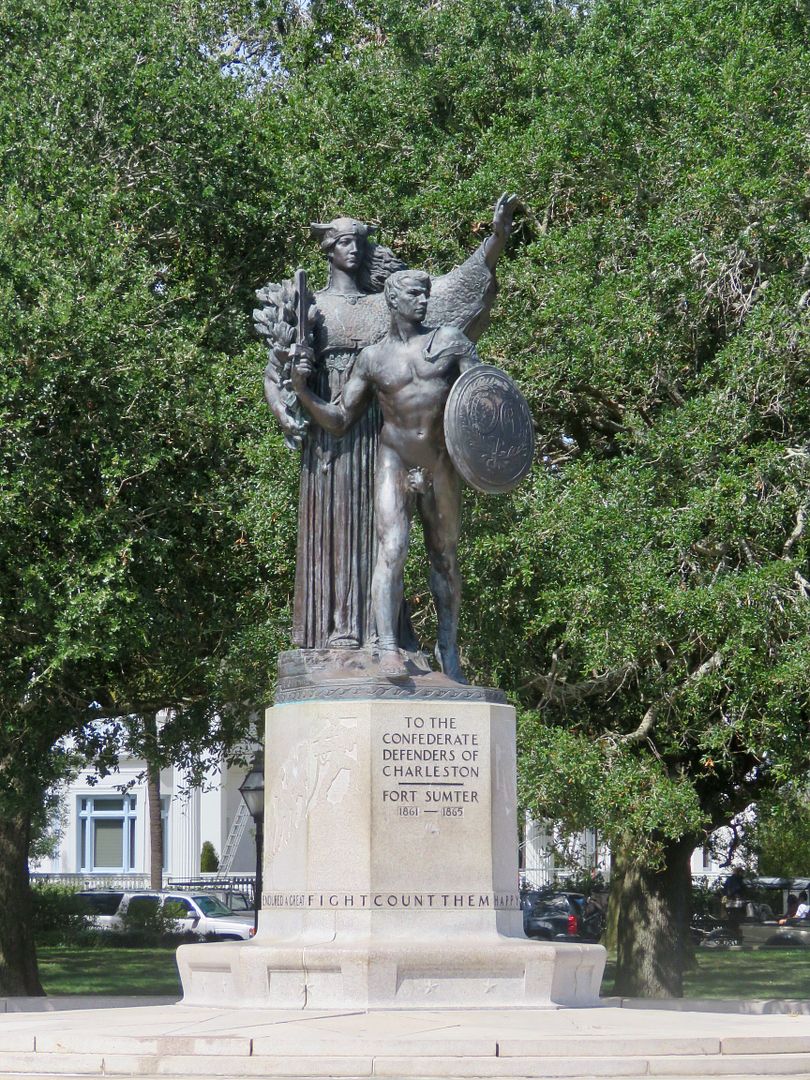
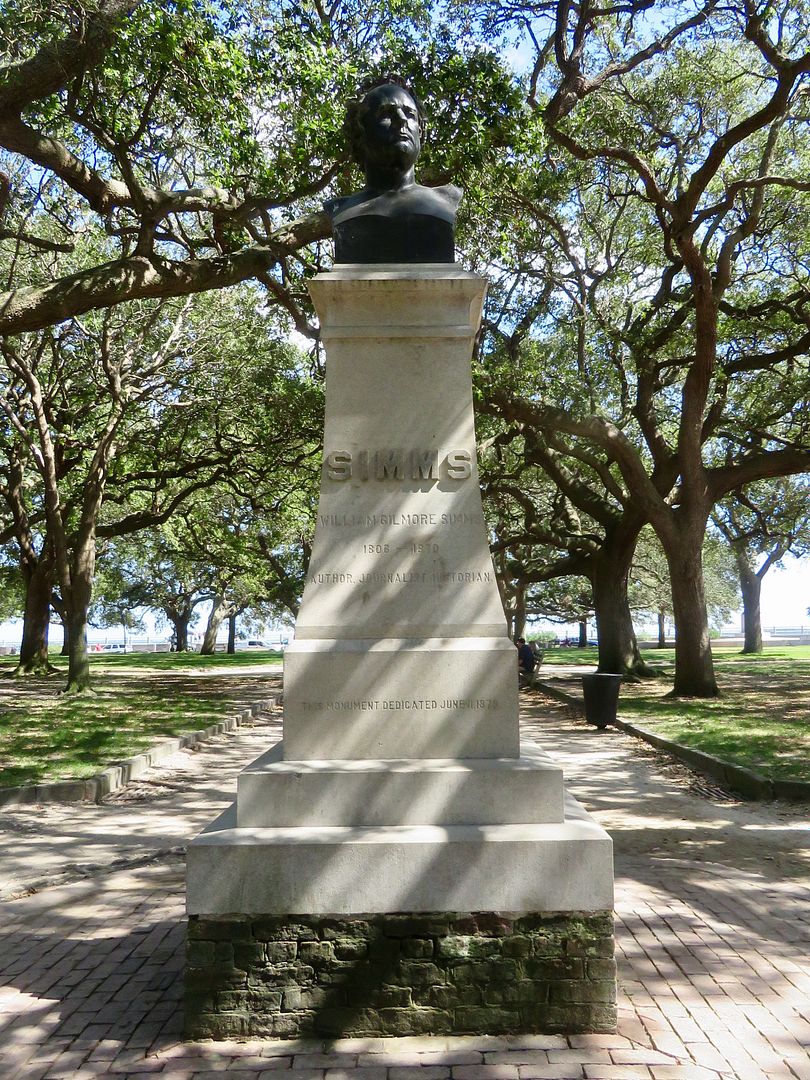
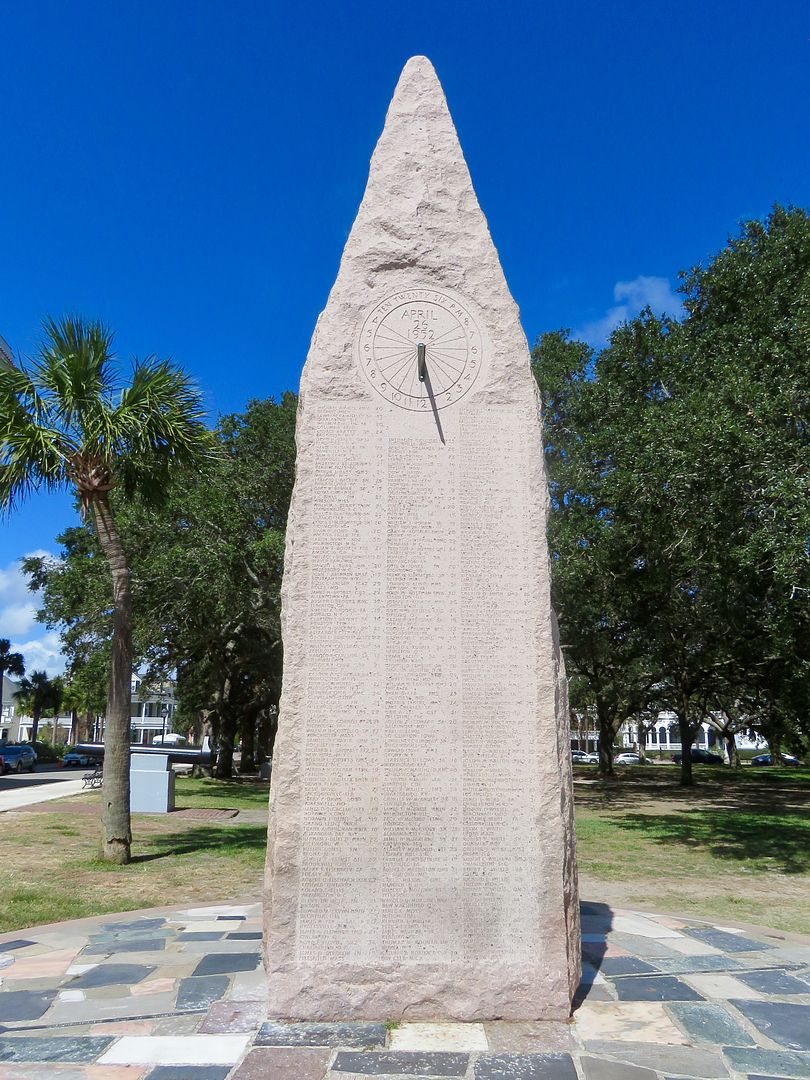
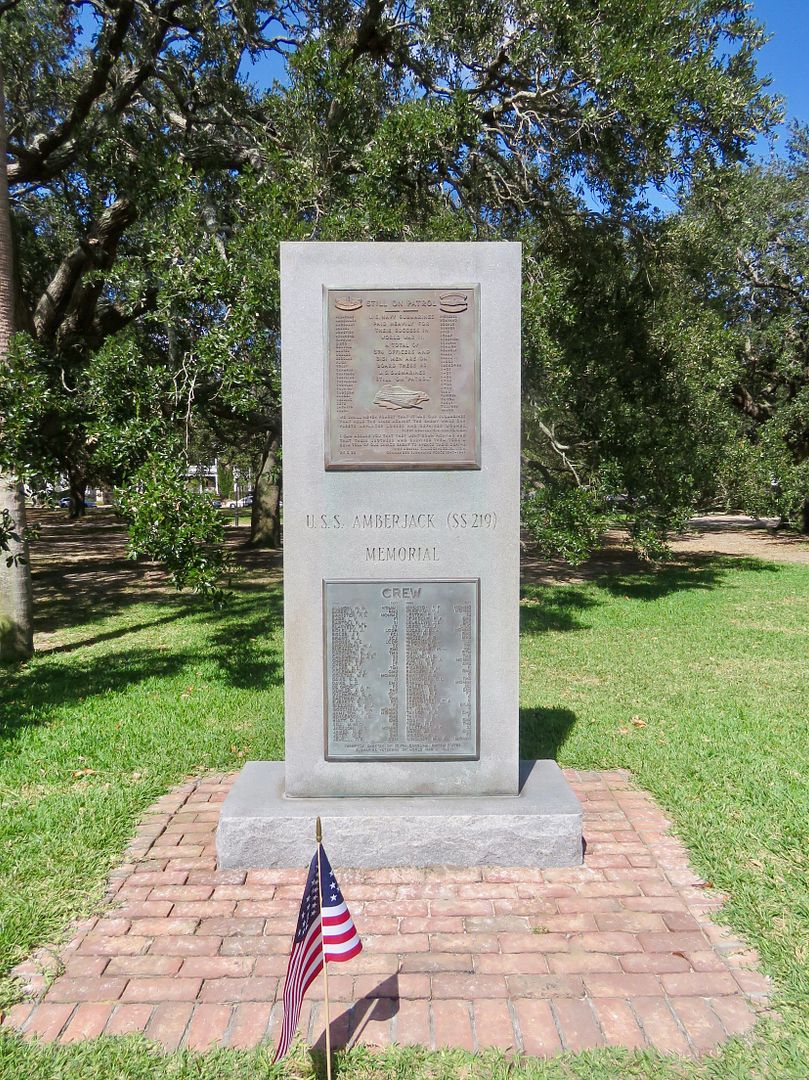
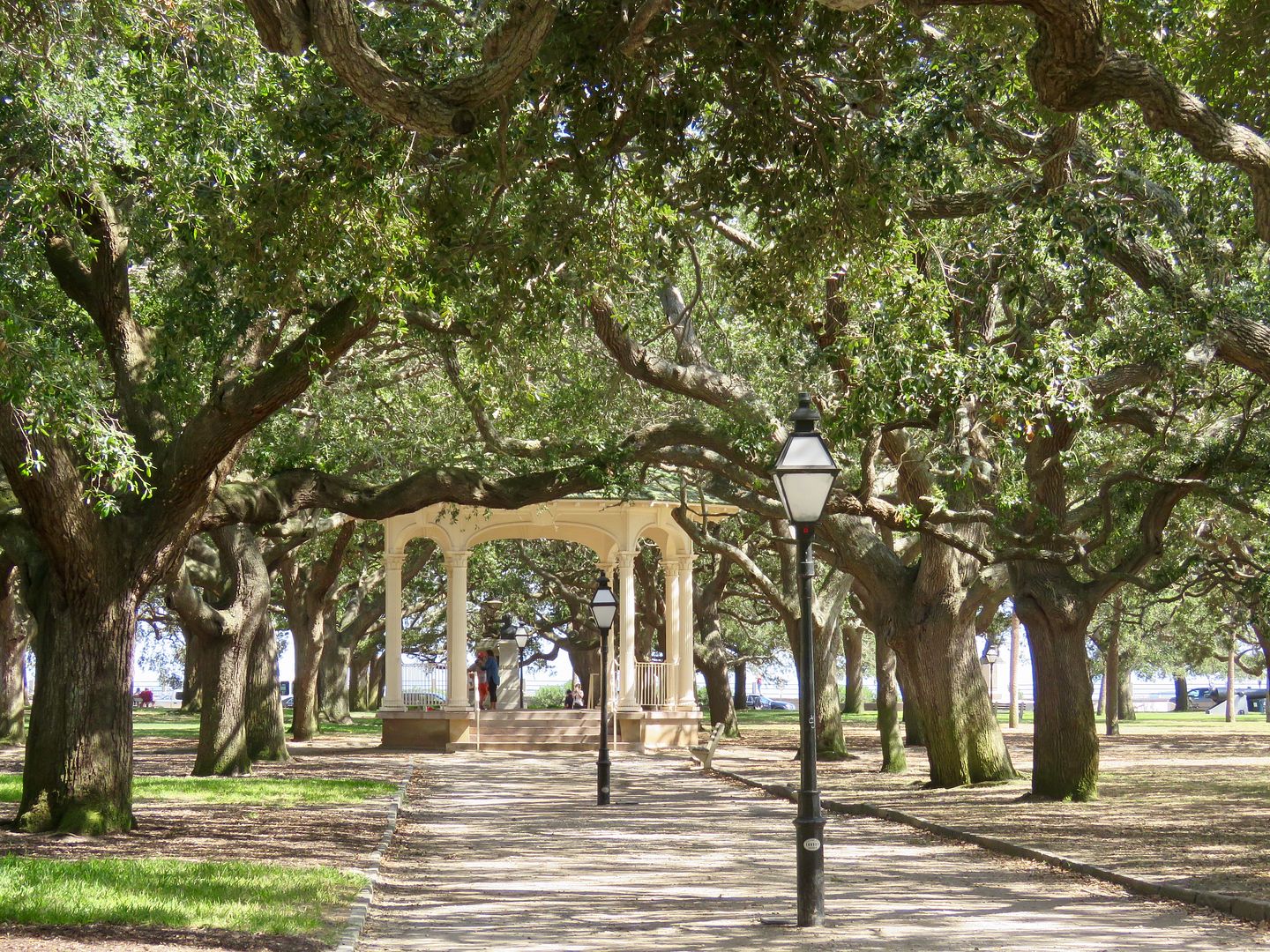
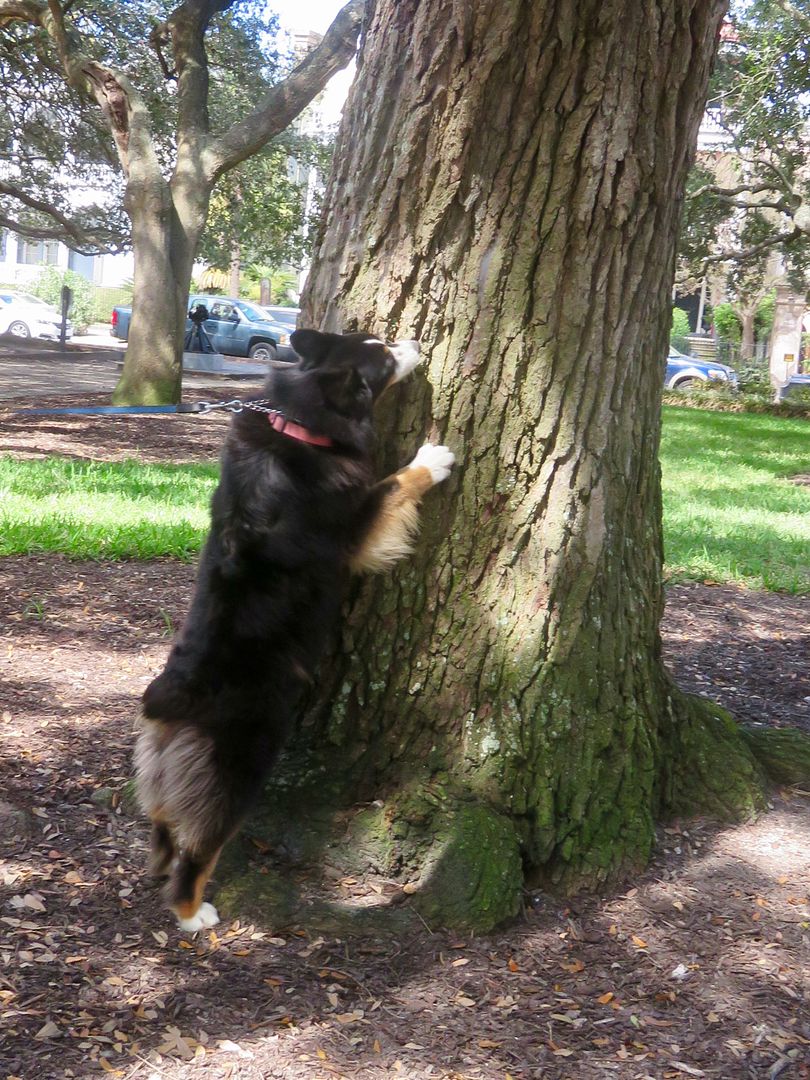



No comments:
Post a Comment